Vienna

Classical music and cakes abound

Austria’s wealth of history and culture is matched perhaps only by its wealth in cake and sausage. The capital, Vienna, at the height of the Austro-Hungarian Empire, was the pinnacle of music, architecture and theatre, and much of this legacy is retained. More recently, Sigmund Freud pioneered psychoanalysis, the UN arrived, and more grand balls are held here than anywhere else. Vienna is regularly voted as the most liveable city in the world.
We arrived in Vienna from Rome in autumn 2013, and the difference in not only climate but civility was immediately palpable – where Rome can be rough around the edges, Vienna is classy through and through. Staying at the Do Step Inn at Westbahnhof, exploring was easy on the metro, and much wiener and bratwurst was consumed by all. We spent two nights before heading off to Bratislava.
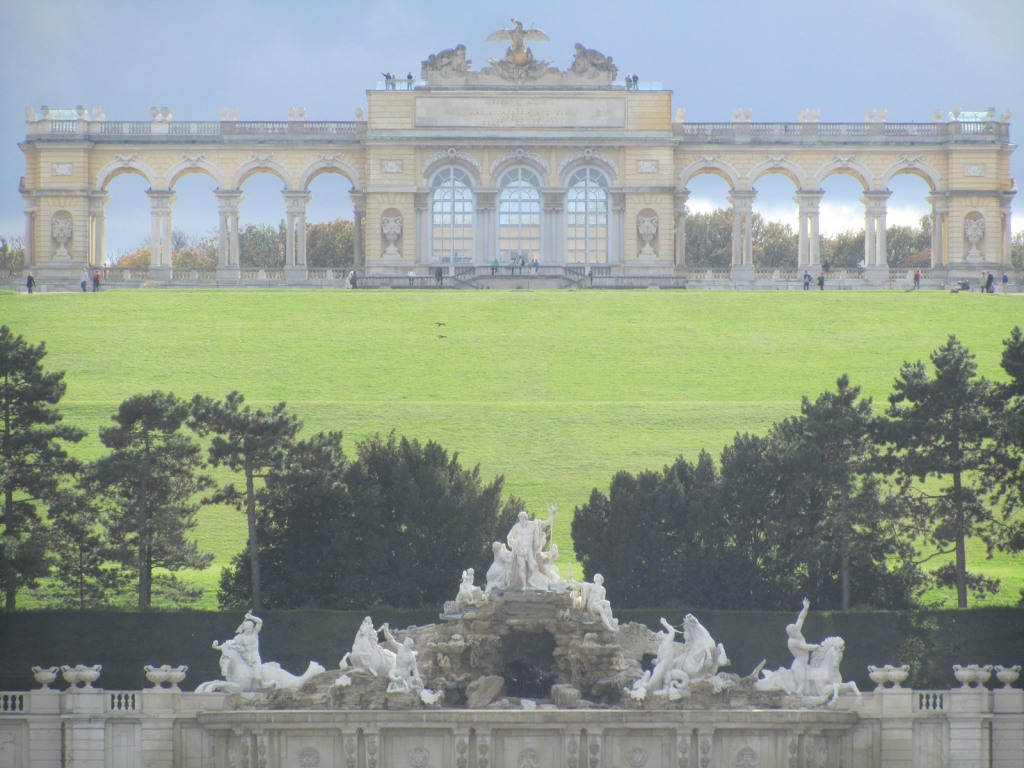
At Schönbrunn Palace, the Gloriette stands proudly on the hill in all of its splendour. It was built in 1775 and has a fancy café inside, where I had a piece of classic Sachertorte, the famous Viennese chocolate cake with a hint of apricot.
Schönbrunn Palace itself was the summer residence of the Habsburg kings, queens and emperors. These days visitors can wander some of the fourteen hundred rooms, and many grand balls are held annually. But do they have the biggest balls of them all?
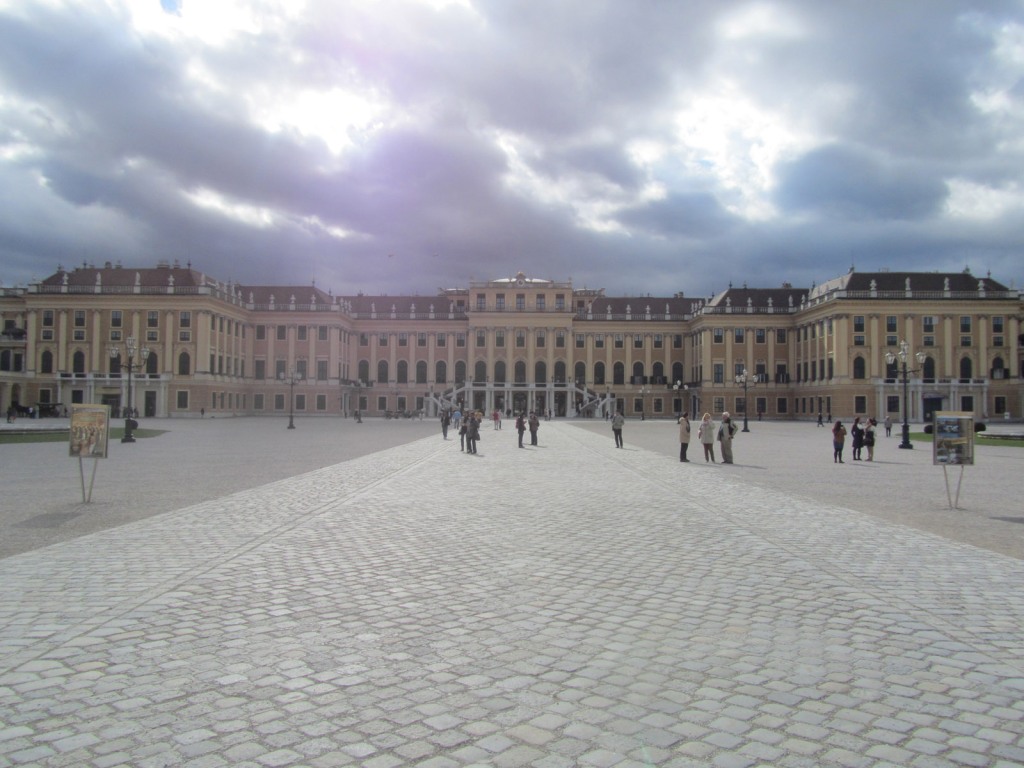
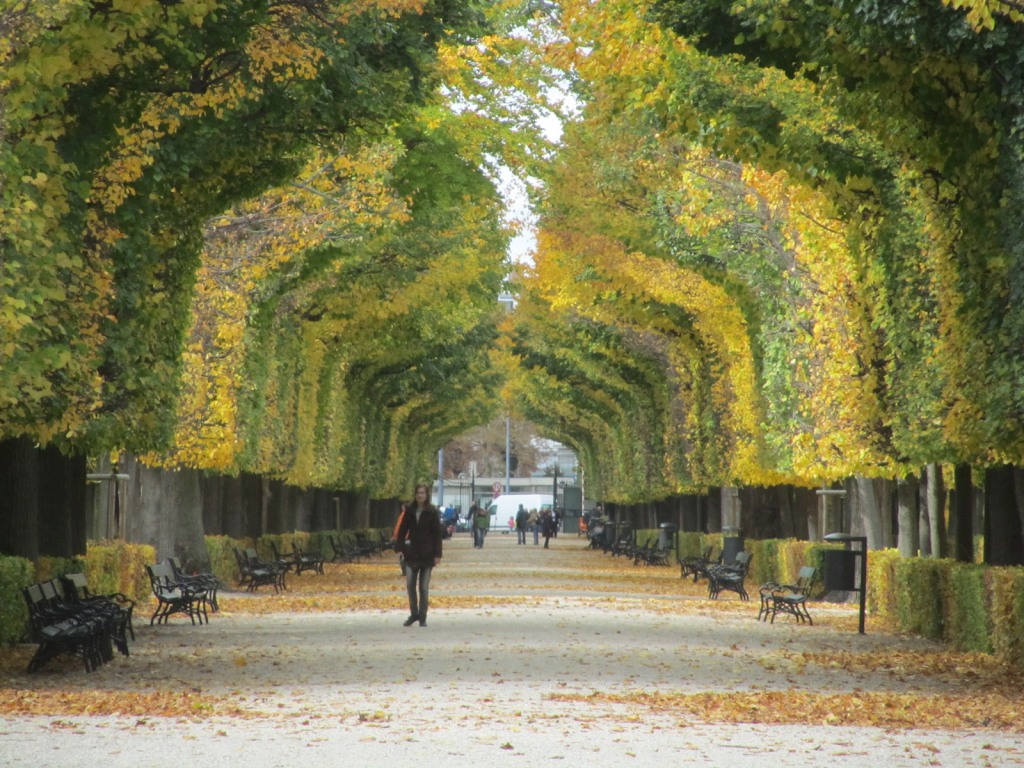
It was pleasant to wander through the paths around the Schönbrunn grounds, like tunnels through the trees.
Statues in the palace grounds at Schönbrunn.
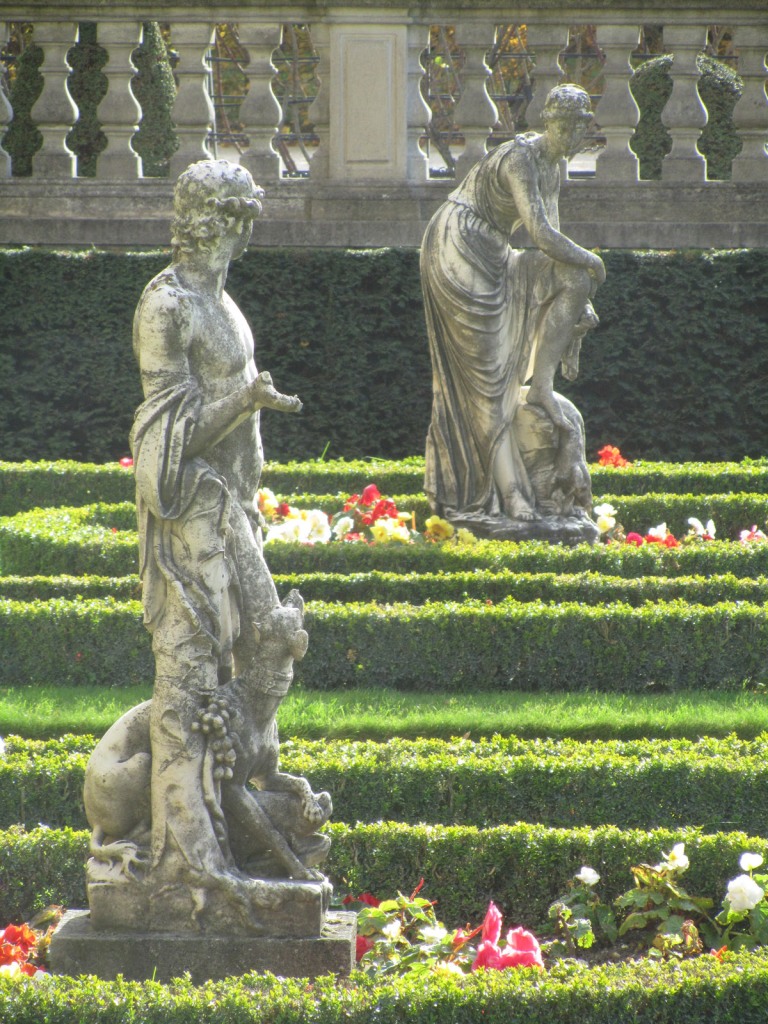

Looking back towards the palace from the gardens. The current form of the palace dates from the mid-1700s.
Closer to the city centre is Belvederegarten, which has two palaces, with Upper Belvedere seen here amongst the Baroque gardens.

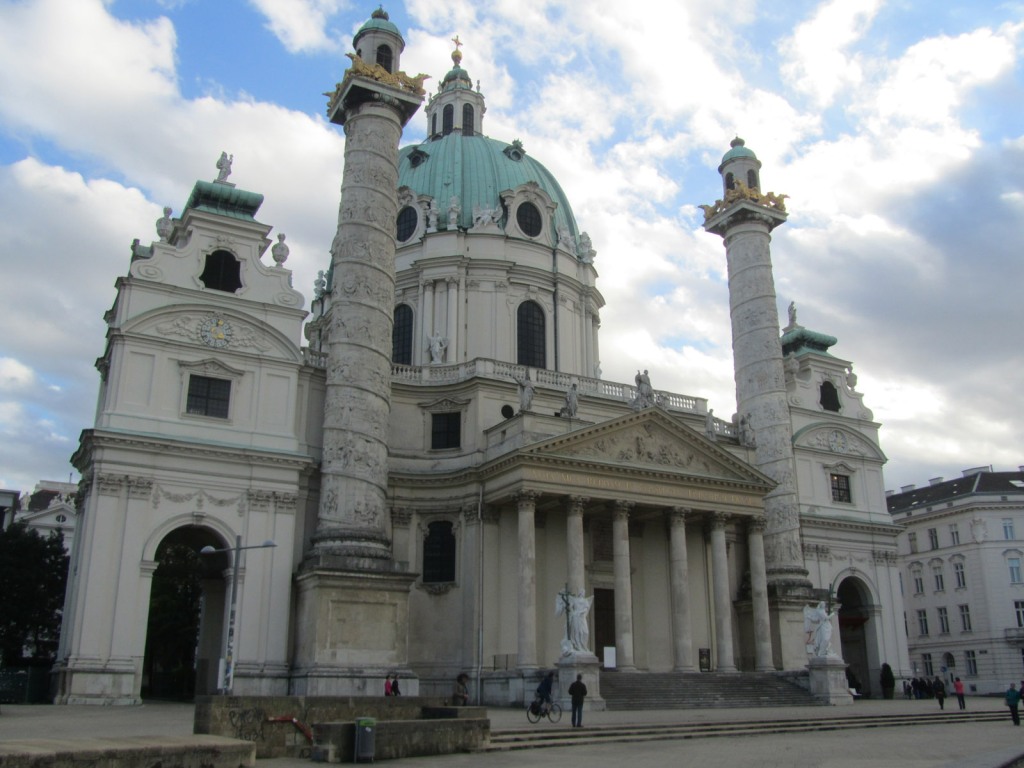
Karlskirche on Karlplatz is one of the larger and pleasingly chunkier-looking churches in Vienna, with large columns outside that remind me of Trajan’s Column in Rome. It stands opposite the Musikverein, where the famous New Year’s Day Concert is held.
Hofburg Palace was the winter residence of the Austrian monarchs until the end of the Austrian monarchy (and empire) in 1918. This is one of the newer sections, Neue Burg, from which Adolf Hitler addressed the crowds after his march into Vienna in 1938. It is said that one of Austria’s greatest achievements is convincing the world that Beethoven was Austrian, and Hitler was German.


Maria Theresa was empress of Austro-Hungary for the last forty years of the Habsburg family’s reign. She was born and died in Hofburg Palace, across the road from where her statue sits, in Maria-Theresien-Platz.
Maria-Theresien-Platz is flanked by two grand museums, that of Art History, and also the Natural History Museum as seen here from its grand interior.
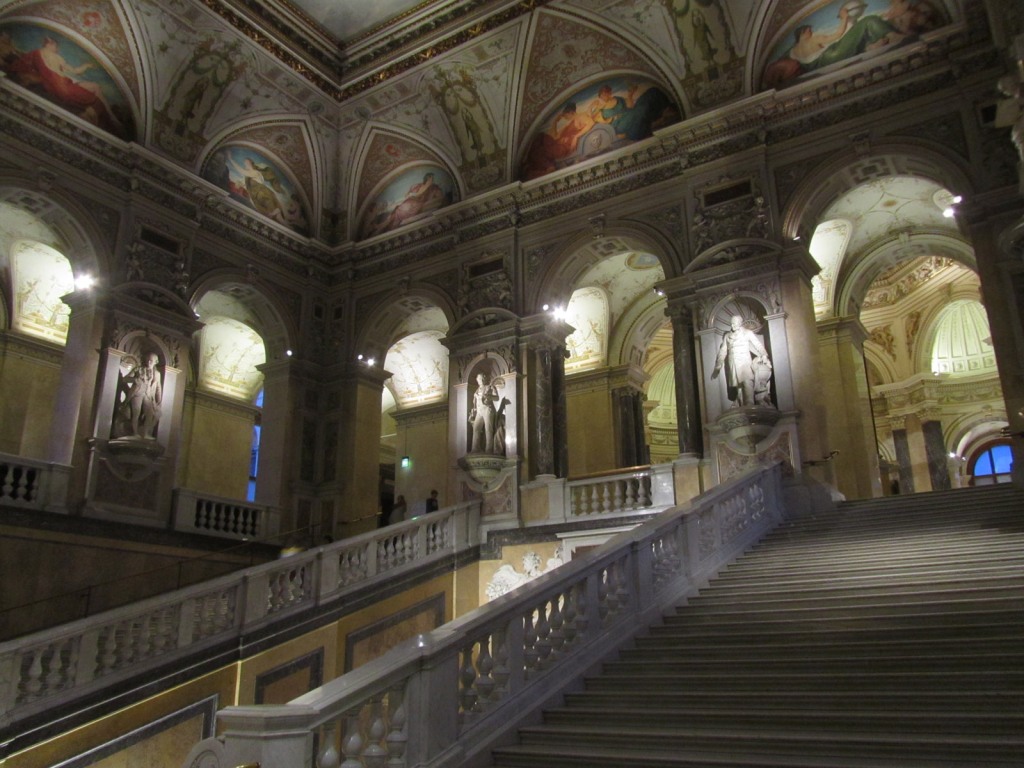
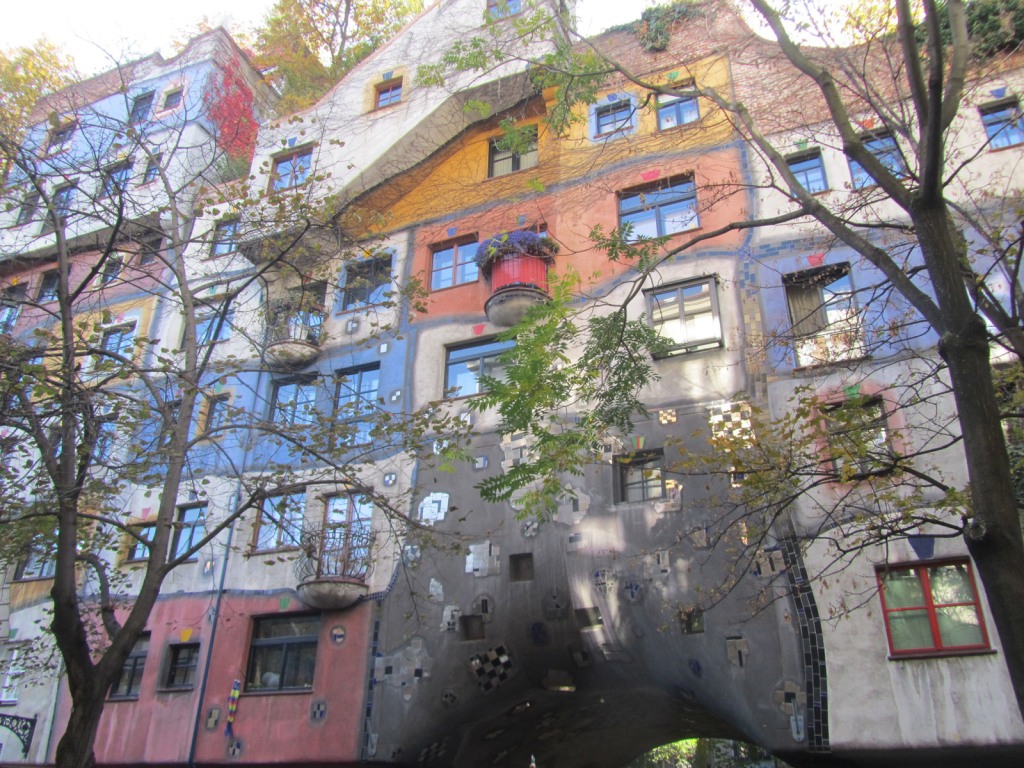
Vienna has continued to push the boundaries of architecture, particularly with the Hundertwasserhaus, seemingly a cross between an apartment building and a piece of modern art. It is intended to have as few straight lines as possible, and was built in 1985.
In the Stadtpark, statues of many of Vienna’s most famous sons can be found, including none other than Johann Strauss who stands plated with gold. He is most famous for his waltzes, including The Blue Danube.
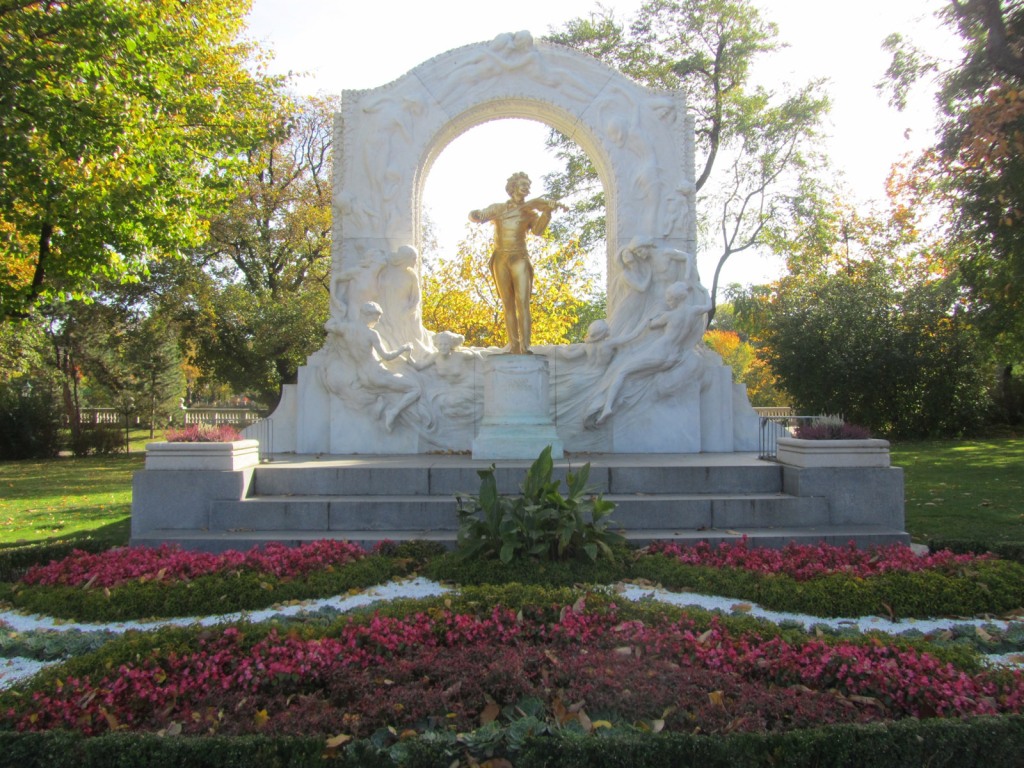

Wolfgang Amadeus Mozart is certainly one of the most famous composers who ever lived, and is also well represented throughout Vienna. One of the earlier classical composers, his was the Baroque period of music, in the days of the harpsichord before the piano was invented.
Not satisfied with conquering the world of classical music, these days Mozart has branched out into the world of commercial merchandising, as he operates a vast number of tourist-trap shops throughout the city of Vienna. Needs must, I suppose.


Speaking of pianos, I chanced upon a showroom of the world-famous Steinway & Sons piano makers, and enjoyed looking around inside at instruments worth more than my house. Although the company is German-American, Vienna, the City of Music, would not be complete without their representation here.
The Wiener Staatsoper or Vienna State Opera is another of the city’s famous musical institutions, which like its equivalent in Frankfurt suffered serious damage during the war. It has however been fully rebuilt since.


The Spanish Riding School is Vienna’s central facility for dressage, horseplay, horsing around and all other horse-related amusement.
St Stephen’s Cathedral marks the very centre of Vienna, its gothic spires surrounded by Christmas market stalls in Stephansplatz late in the year. Its famous multi-coloured tiled roof is scarcely visible in this not-especially-great shot.


Inside Stephansdom, the cathedral is atmospherically lit following its renovation in the early 2000s.
Graben snakes away from Stephansplatz, one of the main broad streets through the centre of Vienna, now pedestrianised.
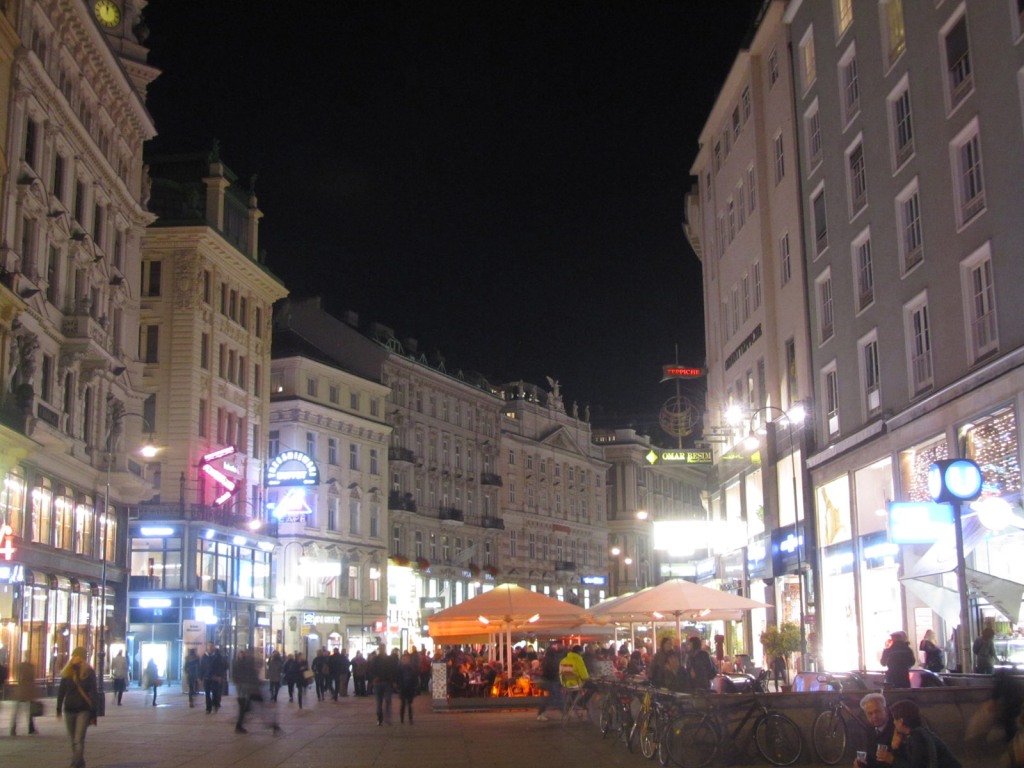

Bratwurst, Frankfurters and other varieties of sausage are a cheap and tasty snack from the stalls on Graben, some of these contain cheese too! Usually served on a bun or with bread and a couple of types of mustard.


The Austrian Parliament Building on Ringstraße, and the fountain of Athena in the foreground. In the distance the Rathaus clock tower can be seen.
Vienna Rathaus, the city hall is one of the most splendid buildings in town, spectacularly lit at night as seen here. It is one of the most impressive examples of Gothic architecture I have seen.


The Blue Danube, looking as beautiful and blue as the Strauss waltz would have you believe. But it does not in fact flow through the centre of Vienna, rather the bulk of it divides the 20th century Donau City from old Vienna. For flood control, the meandering Donaukanal route through old Vienna was regulated, and then another channel parallel to the nearly-straight Danube bypass of Vienna was cut in the 20th century. The towers of Donaustadt include DC Tower 1 on the left, and the Donautrum observation tower dating from 1964.
Created 2014 | Updated 2023
